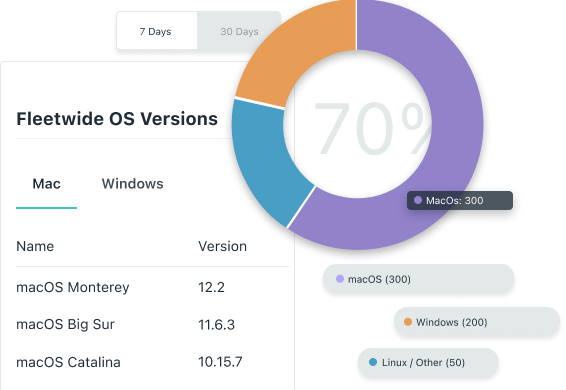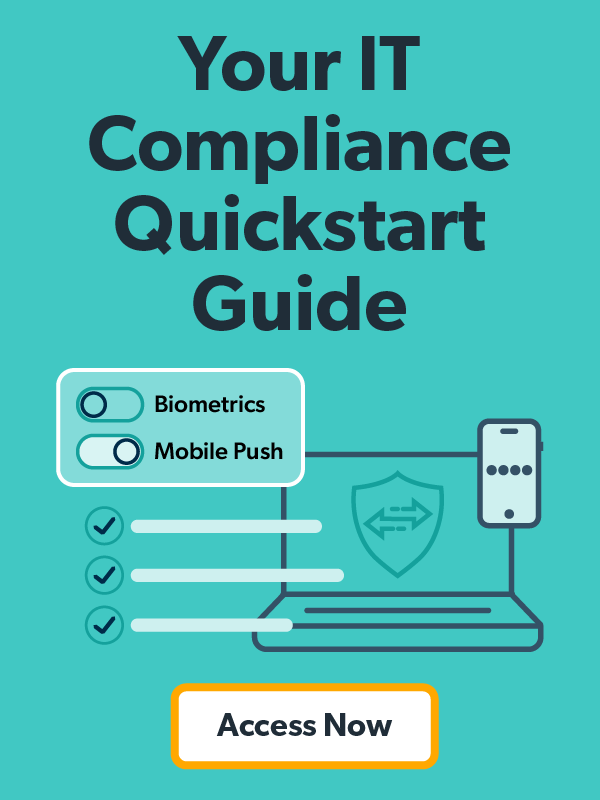Endpoints are the biggest attack surface for most organizations. Auditors need clear proof that your endpoint security program offers real protection. Just installing security software isn’t enough. Auditors request documented evidence of controls, monitoring, and incident response.
This guide explains the evidence auditors expect and how to present it well. You’ll learn to ensure strong endpoint security governance. This includes proper documentation, measurable controls, and verifiable processes. These must also meet regulatory needs.
Definition and Core Concepts
Before we discuss evidence, let’s define key terms auditors use for endpoint security:
- Endpoint: Any device that connects to your network. This includes workstations, servers, mobile devices, and IoT devices.
- Security Audit: A complete review of your security measures, policies, and controls. This checks for compliance and finds vulnerabilities.
- Audit Trail: A timeline of events and activities. It helps in security checks and investigations.
- Control: A security measure to protect assets. Auditors check both the existence and effectiveness of these controls.
Pillar 1: Provide Evidence of Comprehensive Endpoint Management
Asset Inventory
Auditors want proof of a continuous, automated asset discovery process. Your inventory should list every endpoint touching your network with detailed attributes.
Create an easy-to-read asset database. It should list:
- Operating system versions
- Hardware specifications
- Network locations
- Ownership status
Make sure all information is clear and organized.
Share results from your automated discovery tools. Explain how you detect new devices.
For example, report a 99.5% inventory accuracy with daily automated scanning.
- Document your asset classification scheme.
- Show proof that critical assets receive extra monitoring.
Configuration Management
Document your security baselines. Apply them to all endpoints. Auditors need proof that you can quickly detect and fix configuration drift.
Provide compliance reports that show 95% or higher adherence to your baselines. Include evidence of automated scanning and remediation processes.
Present your configuration standards with compliance metrics. For instance, show that 98% of endpoints have unnecessary services turned off and screen lock policies in place.
Patch and Vulnerability Management
Show a proactive vulnerability management program with measurable results. Auditors look for systematic identification, prioritization, and remediation processes.
Provide vulnerability scan reports that show current exposure levels and trends. Include metrics such as mean time to patch critical vulnerabilities, typically 72 to 96 hours.
Show evidence of emergency patching and how you address systems that can’t be patched right away. Document your testing procedures and rollback capabilities.
Pillar 2: Demonstrate the Effectiveness of Security Controls
Endpoint Detection and Response (EDR)
EDR platforms give auditors key evidence. They show active threat hunting and incident response. Just having EDR agents isn’t enough; you need proof of active use.
Show EDR dashboard reports that include:
- Threat detection rates
- Investigation timelines
- Automated response actions
Include examples of contained threats and the time taken from detection to containment.
- Show proof of regular threat hunting. This includes IOC searches and behavioral analysis.
- Provide logs that demonstrate automated isolation of compromised endpoints.
- Include evidence of forensic analysis performed on these endpoints.
For example, the average detection time is 3.2 minutes for known threats. New attack patterns take about 18 minutes. Also, 95% of incidents are contained within one hour.
Host-Based Security
Document the implementation and effectiveness of basic endpoint security controls. These protections are vital for your security program.
Provide reports that confirm 100% deployment of host-based firewalls with approved rules. Include proof of full disk encryption on all mobile devices and sensitive workstations.
Show compliance reports for Data Loss Prevention (DLP) policies and application control. Include metrics on blocked unauthorized software installs and data exfiltration attempts.
Identity and Access Management (IAM)
Prove that you follow least privilege principles and manage privileged accounts well. Auditors examine how you control admin access.
Provide documentation of your privileged access policies. Include proof of regular access reviews. Show reports on Privileged Access Management (PAM) tool usage and session monitoring.
Add metrics on admin account usage:
- Average session duration
- Elevated access approval rates
Show that multi-factor authentication is enforced for all privileged accounts.
Pillar 3: The Importance of Documentation and Process
Written Security Policies
Endpoint Security Policies provide approved security policies for all aspects of endpoint security. Ensure these documents are up-to-date and actively practiced.
Present your endpoint security policy, including proof of regular reviews and updates. Include records confirming 100% completion of security awareness training.
Demonstrate how policies convert into technical controls and user procedures. Document how exceptions are handled and the approval workflows for any policy deviations.
Audit Trails and Logs
Centralized logging is crucial for auditors to check your security controls. Your SIEM system must capture all endpoint activity.
Present SIEM reports that detail log ingestion rates, retention periods, and search features. Include proof of log integrity protection and regular backups.
Show correlation rules that spot security events and trigger alerts. Provide sample investigations using endpoint logs to piece together attack timelines.
Offer evidence of log analysis for compliance. This should include user activity monitoring and privileged access audits. Also, include metrics on alert response times and investigation completion rates.
Incident Response Plan
Document your incident response procedures for endpoints. Show proof of regular testing. Auditors need to see how well you handle security incidents.
Present your playbook for endpoint compromise scenarios. Include evidence from tabletop exercises and lessons learned.
Share metrics from recent incidents. Highlight detection, containment, and recovery times. Add post-incident reports that show root cause analysis and control improvements.
Provide proof of coordination with external parties. This includes notifications to law enforcement and cyber insurance claims.
Key Evidence Checklist for Auditors
When preparing for an endpoint security audit, compile these evidence categories:
- Technical Evidence:
- Asset inventories
- Configuration compliance reports
- Vulnerability scan results
- EDR logs
- Patch management metrics
- SIEM reports
- Procedural Evidence:
- Security policies
- Incident response plans
- Change management procedures
- User training records
- Vendor management documentation
- Compliance Evidence:
- Risk assessments
- Control testing results
- Penetration test reports
- Third-party security assessments
- Regulatory compliance reports
- Governance Evidence:
- Board reports on security posture
- Security committee meeting minutes
- Budget for security tools
- Executive oversight documents
Final Thoughts
Successful endpoint security audits require ongoing preparation. Set up continuous monitoring and reporting to generate needed evidence automatically.
Focus on measurable results, not just on using tools. Auditors want proof that your controls can prevent, detect, and respond to threats effectively.
Keep centralized evidence repositories for internal security and external audits. This ensures your documentation is up-to-date and helpful for daily tasks.







